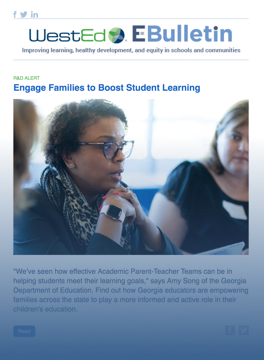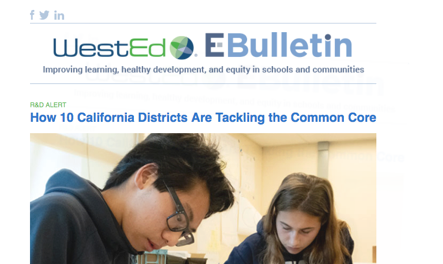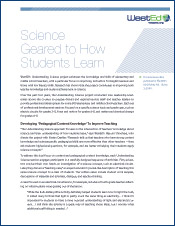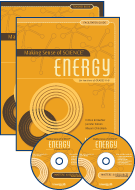Making Sense of Student Work: A Protocol for Teacher Collaboration
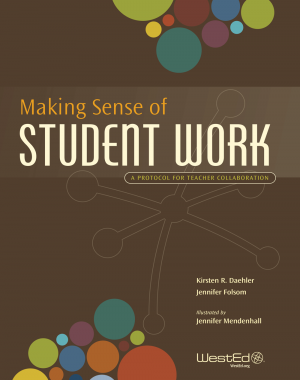
Description
When teachers closely examine words and drawings created during the learning process, they gain a valuable window into their students’ thinking. By examining student work, teachers can identify what students understand and where gaps in their understanding can be leveraged as opportunities for improvement.
Making Sense of Student Work is a self-facilitated protocol, ideal for collaborative groups of 3–24 teachers. It is divided into five 2-hour sessions, each with a specific focus—exploring mental models, investigating learning gaps, thinking through instructional next steps, analyzing tasks, and modifying tasks.
The Making Sense of Student Work protocol provides a framework to help teachers:
- Have evidence-based discussions about students’ work and students’ thinking
- Examine and come to understand students’ ideas and the logic behind these ideas
- Strengthen their abilities to make instructional choices in response to the specific ways students are thinking
- Analyze and improve the formative assessment tasks they use with students
Teachers in a variety of contexts, including formal professional learning communities, weekly grade-level team meetings, and informal teacher-to-teacher collaborations, have successfully used this protocol.
The protocol builds on more than a decade of development and research by the Making Sense of SCIENCE project at WestEd.
Visit the Making Sense of Student Work website for more information about the protocol and its companion materials.
Resource Details
Product Information
ISBN: 978-1-938287-12-1Copyright: 2014
Format: Trade Paper
Pages: 112
Publisher: WestEd
Praise for this Resource
“Great teachers decide what and how to teach based on what their students already know and think. But making sense of student ideas is complex and challenging intellectual work. This protocol supports teachers who want to understand what their students know and how they reason so that they can leverage learning in productive ways.”
Linda Darling-Hammond, Professor of Education, Stanford University“The Making Sense of Student Work protocol gave me an amazing opportunity to connect with other educators. It helped me analyze the strengths and limitations of the tasks my students were engaged in during class. After completing the process, I was able to create more rigorous assessments that are better matched to what I want my students to take away from each lesson.”
Kyle Jenson, Classroom Teacher“This protocol helps groups of teachers get to the heart of formative assessment. Through authentic inquiry and professional collaboration, teachers come to understand the complexities of how students think and make evidence-based choices about their teaching practices.”
Judith Warren Little, Dean, Graduate School of Education, University of California, Berkeley
Stay Connected
Subscribe to the E-Bulletin and receive regular updates on research, free resources, solutions, and job postings from WestEd.
Your download will be available after you subscribe, or choose no thanks.
